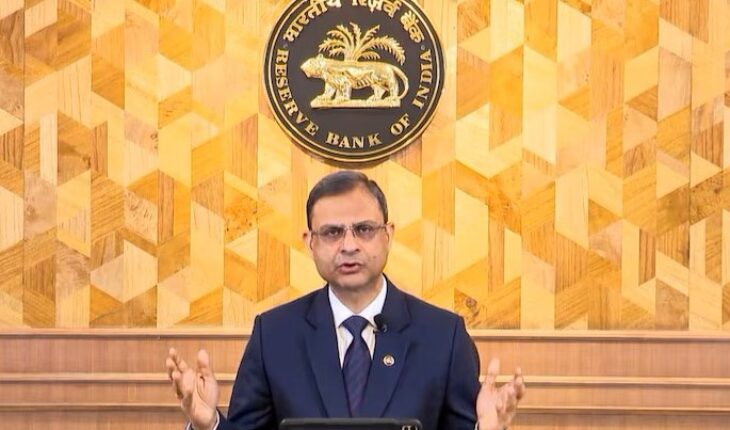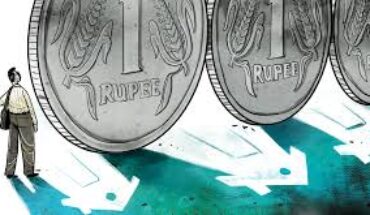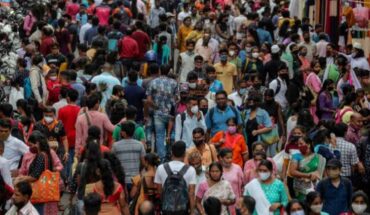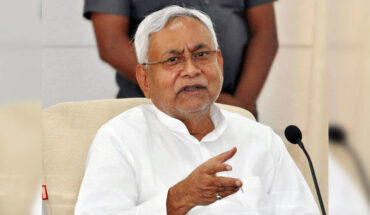The Reserve Bank of India’s Monetary Policy Committee has offered a much-needed reprieve with its unanimous decision to cut the repo rate by 25 basis points, bringing it down to 6%. At a time when India’s exporters are grappling with uncertainty stemming from US trade policy shifts, this move signals cautious optimism. President Donald Trump’s aggressive stance on “reciprocal” tariffs, though temporarily paused for 90 days, still looms large.
Against this backdrop, the RBI’s shift from a “neutral” to an “accommodative” policy stance is both timely and pragmatic. The immediate impact is evident. Banks have already begun passing on the rate cut to consumers, providing relief to businesses, homeowners, and retail borrowers alike. In doing so, the RBI seeks to maintain liquidity and investment momentum in a global climate shadowed by volatility.
However, the decision is not without its sobering signals. The central bank’s downward revision of GDP growth estimates — from 6.7% to 6.5% — reflects deep-rooted concerns over the economy’s resilience amid external shocks. Global trade tensions, particularly the escalating US-China tariff war, evoke historical parallels. The Smoot-Hawley Act of 1930, aimed at protecting American industries, ultimately deepened the Great Depression.
Today’s policymakers would do well to remember that economic nationalism, while politically expedient, risks long-term global damage. Sustainable growth demands more than reactionary tariffs; it rests on embracing one’s competitive advantages. For the US, that means strengthening research, education, and innovation — not retreating behind protectionist barriers. India, for its part, must continue diversifying its export markets and fostering a stable, forward-looking economic environment.
The RBI’s intervention is a vital step, but broader strategic resilience remains the ultimate safeguard against global instability. At the same time, India must intensify its efforts to boost domestic demand, invest in infrastructure, and support innovation-driven industries. A vibrant internal economy, coupled with strong external trade relationships, will provide the cushion needed to navigate the uncertainties of global markets. Strategic economic management, rather than reactive measures, will determine India’s future trajectory.






